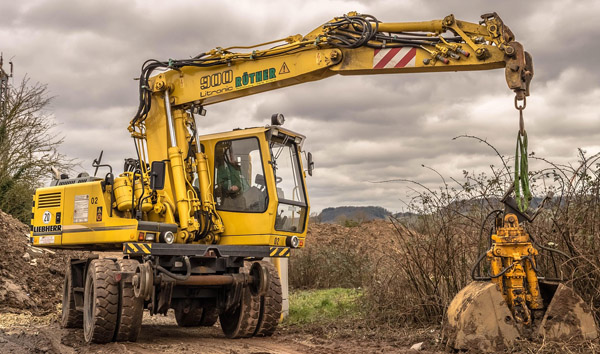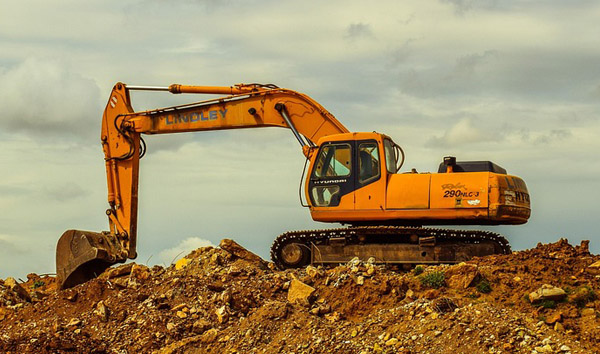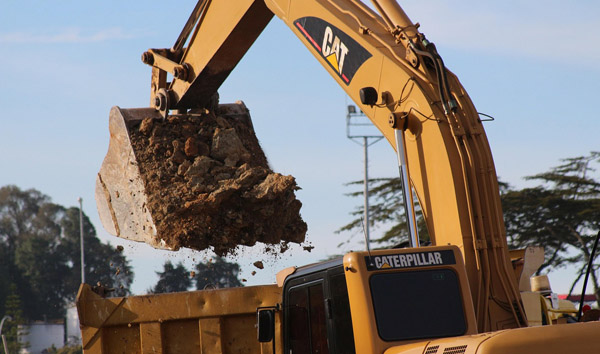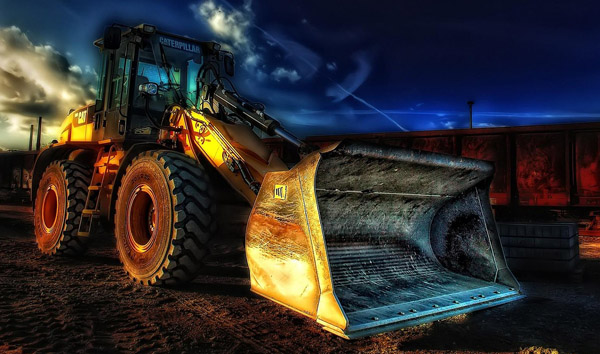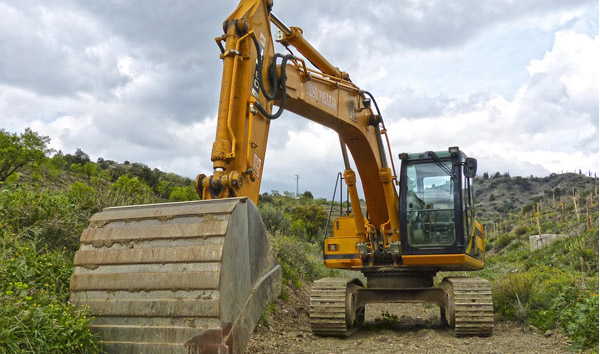Navigating the Capabilities of Modern All-Terrain Forklifts
2025-08-04 04:25:29
All-terrain forklifts are engineered to handle rugged environments, combining off-road mobility with lifting precision. Key specifications include load capacities ranging from 5,000 to 12,000 lbs, depending on the model. These machines often feature heavy-duty pneumatic tires, which provide superior traction on uneven surfaces like gravel, mud, or sand. Additionally, their elevated ground clearance—typically between 12 to 18 inches—ensures stability on rough terrain.
Powering these robust machines are either diesel or electric engines, each offering distinct advantages. Diesel-powered all-terrain forklifts deliver higher torque, making them ideal for heavy lifting in construction or agriculture. In contrast, electric models prioritize energy efficiency and reduced emissions, catering to indoor-outdoor hybrid operations. Engine output varies between 50 to 120 HP, with some industrial-grade models exceeding these figures for extreme-duty tasks.
Maneuverability is another critical specification, with all-terrain forklifts featuring articulated steering or four-wheel drive systems. These technologies enable tight turns and optimal weight distribution, even on slopes up to 30 degrees. Advanced hydraulics further enhance performance, allowing operators to lift loads smoothly at heights of 15 to 20 feet. Such capabilities make these forklifts indispensable in logging, mining, and large-scale warehousing.
Safety remains a top priority, with modern all-terrain forklifts incorporating rollover protection systems (ROPS) and load-sensing hydraulics. ROPS ensures operator safety during tip-overs, while load sensors prevent overloading, a common cause of equipment failure. Furthermore, ergonomic cabs with shock-absorbing seats reduce operator fatigue during extended shifts, boosting productivity in demanding environments.
Industry data reveals a growing demand for all-terrain forklifts, particularly in sectors requiring off-road material handling. According to recent market analyses, the global all-terrain forklift market is projected to grow at a CAGR of 6.2% through 2030. This surge is driven by infrastructure development and the need for versatile lifting solutions. As manufacturers continue refining specifications—such as hybrid powertrains and autonomous operation—these machines will further redefine efficiency in challenging terrains.




